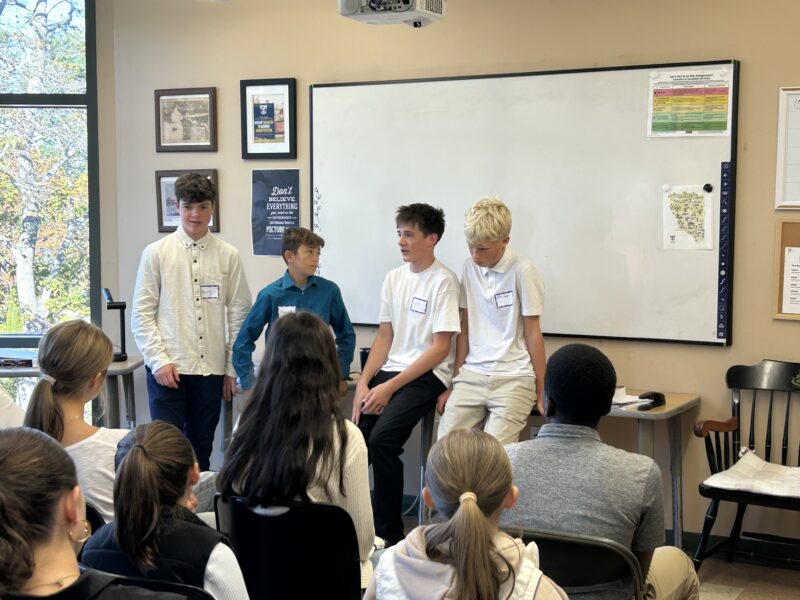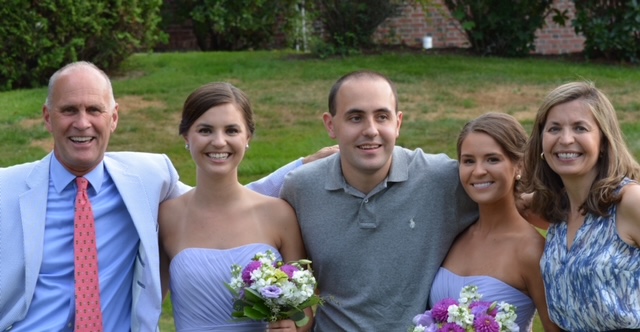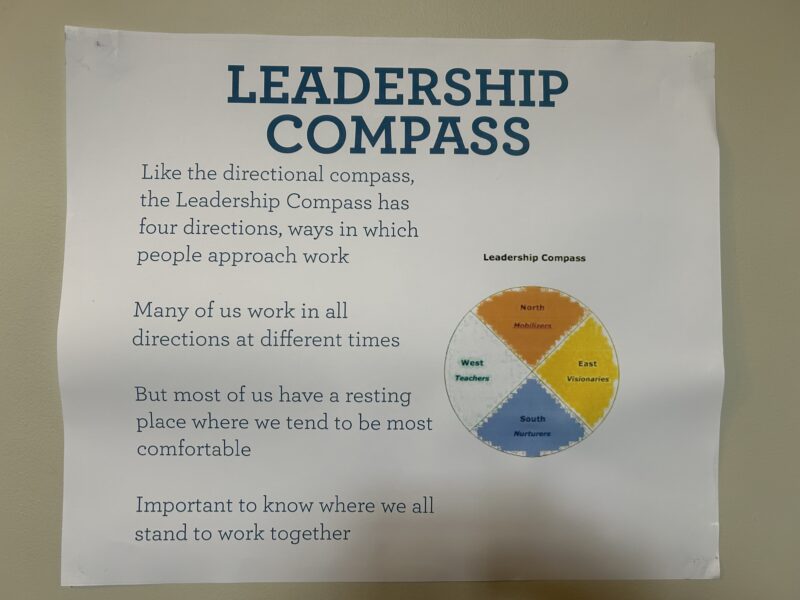This year we are taking what I believe will prove to represent a watershed step in this 50-year experiment in trial & error called Hyde. The experiment is our ongoing quest to best actualize our founding proclamation: Every individual has a unique potential that defines a destiny. The step is called 3 Phases of Leadership. I’m thinking that the 3 Phases will come to represent a critical development in the Hyde story, maybe even come to be perceived as a Top-10 event.
For the record, since 1966, my Top-10 List of key dates might look like this:
- 1966 Hyde opens with 55 boys
- 1971 Hyde becomes co-educational
- 1976 America’s Spirit program and performing arts curriculum introduced
- 1985 Resurrection from near financial demise
- 1988 The Hyde Principles are adopted
- 1993 Hyde’s first public school is established in New Haven, Connecticut
- 1996 Hyde-Woodstock is founded
- 1999 The first of three public charter schools (DC & NYC) is established
- 2006 Hyde @ 40 Capital Campaign completed
- 2007 The first cohort of Asian students enrolls at Hyde
Of course, there have been many developments that defy precise dating. For example, somewhere during the early 70’s we set out on a separate but parallel quest of trial & error to find the best way to include parents in the Hyde educational process. Today our very sense of self is inextricably tied to our own unique brand of family-based character education. In fact, we believe we exist to help parents help kids develop character and discover their unique potential.
Other critical elements with indeterminate starting dates include the Hyde Seminar, journaling, Senior “Evals,” and Wilderness education.
While it will undoubtedly develop a name unto itself, the 3 Phases of Leadership Development kicks off this fall and will be organized according to three specified levels of growth at Hyde: 1) Preparatory; 2) Transition; 3) Leadership.
These levels are neither new nor arbitrary. For some time, we have observed that Hyde students seem to be functioning within these three heretofore unnamed groups. So, we figured we would intentionally focus both their memberships and their programs in order to best meet the needs of all three.
Next: What is the problem for which this is the solution?
Onward, Malcolm Gauld


